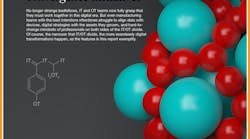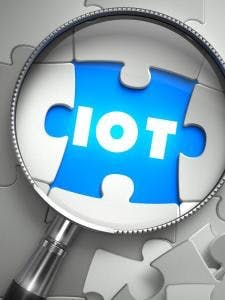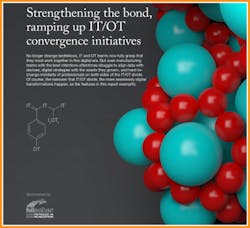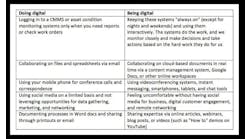Why the term “IoT” itself may be holding back progress
Industry leaders have been promising for years that the IoT will revolutionize the way people live and work. And they’re not wrong—the IoT is providing far-reaching benefits like powering autonomous driving and reducing air pollution. But in the industrial and manufacturing space, we have not seen this promise of innovation come into fruition.
What is slowing the embrace of the IoT?
One issue is the term itself—“Internet of Things.” Too often the IoT is talked about in ways that make it abstract and too high-level. Companies see the IoT as a solution in and of itself, rather than a tool that can be applied to challenges facing the business. The term itself also calls to mind things like smart toasters and light bulbs, products that seem gimmicky without delivering much value. The end result is that people dismiss IoT solutions as useless or lacking proper security because the term applies to, well, everything.
What happens when the IoT is looked at as a magic bullet rather than a tool? Companies start projects with the hopes of sparking large-scale innovations, then they fail to deliver. And this is not uncommon. A recent survey found nearly 60% of all enterprise IoT projects fail in the proof-of-concept stage.
This isn’t a technology problem—it’s a cultural one.
In order to combat “pilot-itis" (the abandonment of IoT projects in their infancy stages) companies must change the way they think and talk about the technology. Innovators need to show executives and worker on the factory floor how low-latency, cloud-based, data-rich solutions can solve the challenges of the day, rather than fixating on whether or not that facility is integrated for the IoT.
Broadly, innovators need to:
Demonstrate value. At the end of the day, “pilot-itis" isn’t caused by a lack of data, but rather because there is not enough value connected to that data. The perfect example of this is Fraunhofer Institute Production Technology, which produces blade-integrated discs (blisks) used in jet engines. The production of these blisks must be precise. Previously, the company was unable to monitor the milling process for accuracy and was only able to determine success or failure after a blisk was created. An IoT-based solution enabled the company to set up a sensor to track production, saving time and money in production by identifying issues before the completion of the milling process.
Establish an environment for success. IoT is easy to talk about, but harder to implement, especially if it’s poorly understood or is simply being implemented for its own sake. Too often companies are unprepared with their workplace culture or change-management systems to ensure the project is adopted successfully. The IoT is complex; technology is constantly changing. Proper management systems and culture are essential to propel projects past the pilot stage.
Industries have been too focused on the Internet of Things as a term, rather than seeing it as a tool that, when used properly, can make a huge difference. Business leaders must properly identify problems to be solved, demonstrate value with these IoT solutions, and establish environments where the IoT can actually succeed.
Focusing less on buzzwords and more on solving actual problems will hasten the revolution promised by the IoT.
Daniel Elizalde is vice president / head of IoT for North America at Ericsson.




